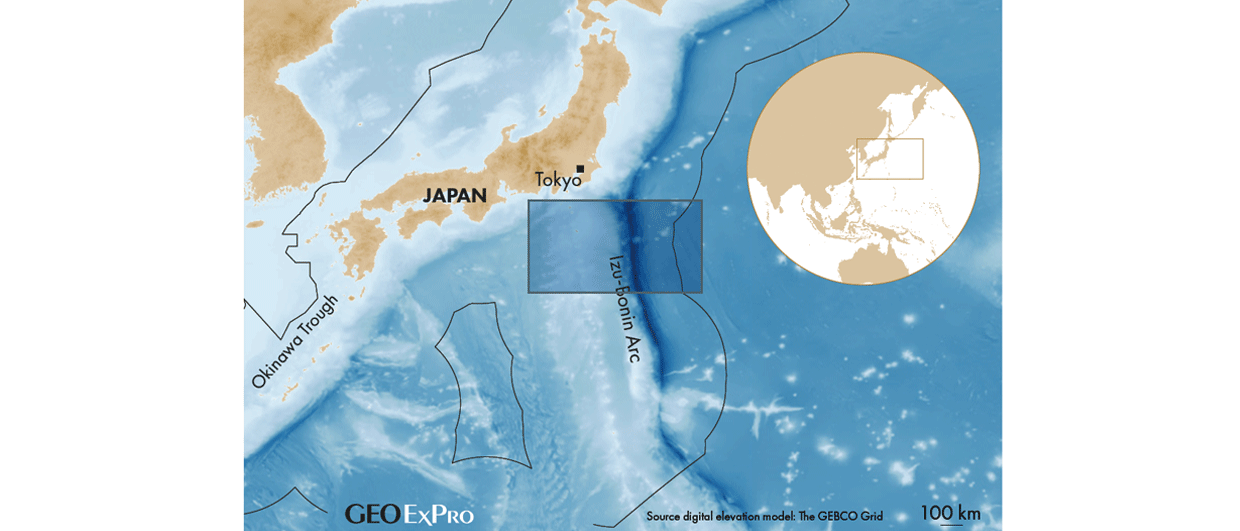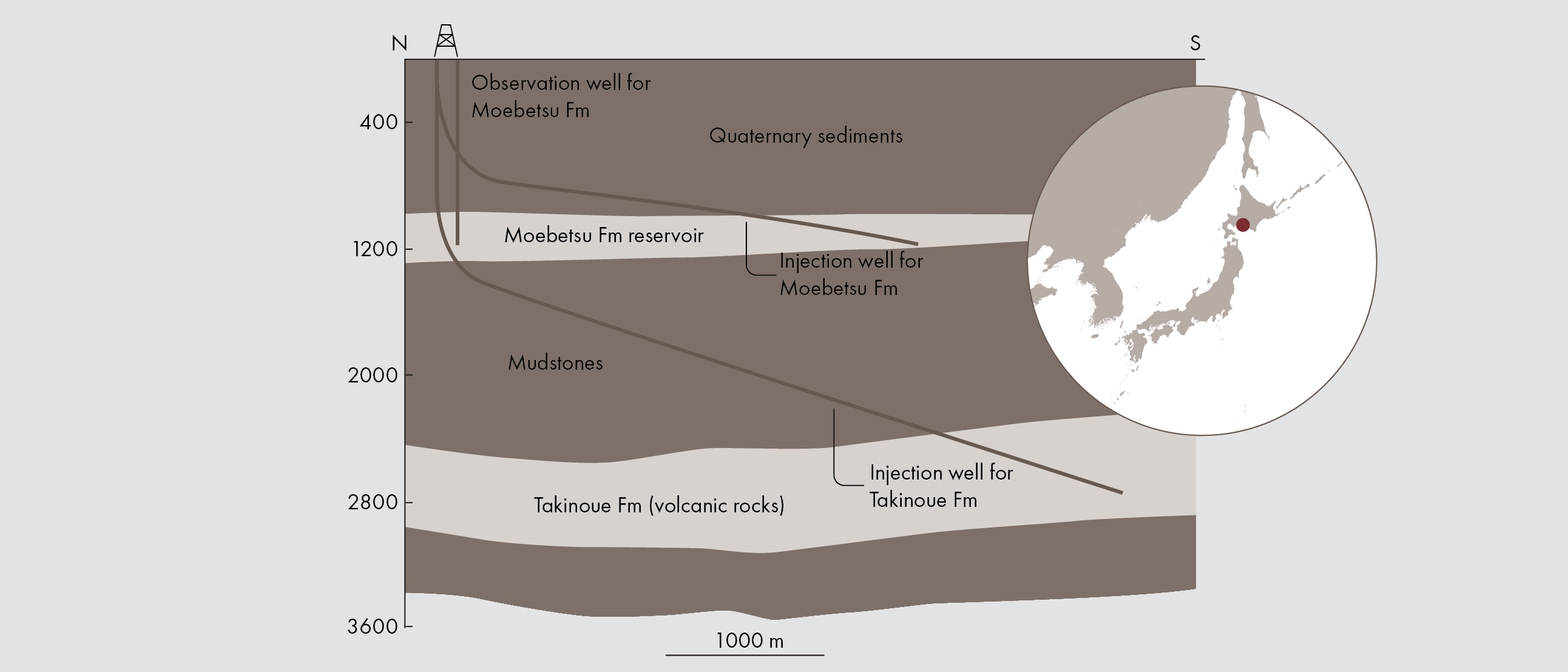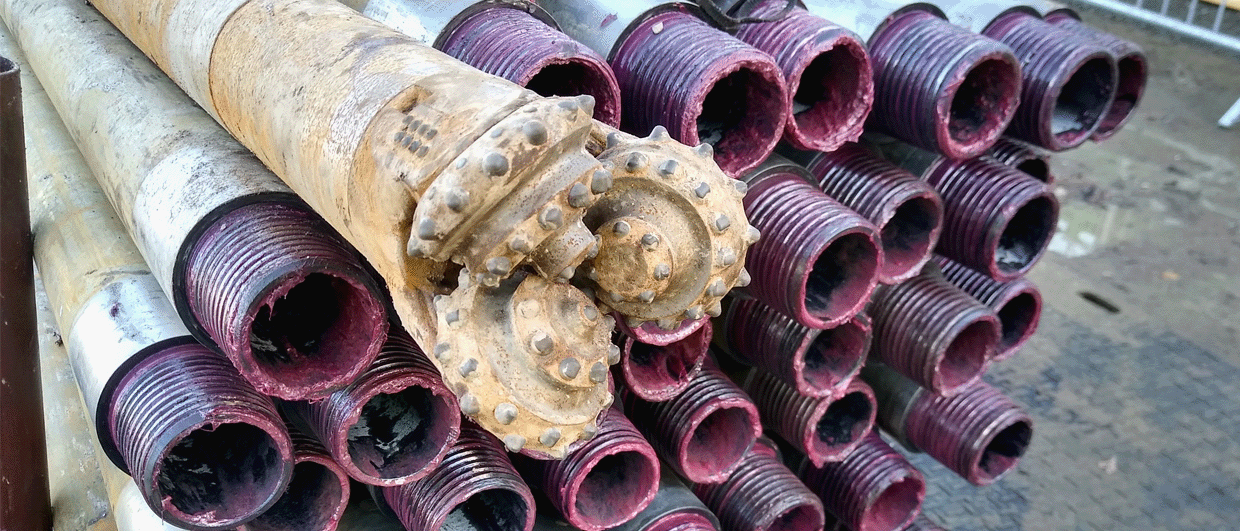The Norwegian deep-sea mineral community closely followed the talks from Nagase Kunpei and Kiyotaka Orita of the Japan Organization for Metals and Energy Security (JOGMEC) during the Deep Sea Minerals Conference in Bergen a few months ago. After Norway recently opened up seabed mineral operations on the Norwegian continental shelf, the experiences from Japan will be useful for this new industry.
Japan has conducted state-sponsored exploration for many years. The first surveys date back to 1985, while work on resource estimates has been ongoing since 2008. The presenters highlighted two areas where sulphide deposits have been detected; The Okinawa Trough southeast of the mainland, and the IzuBonin Arc south of Tokyo. In both areas, JOGMEC has carried out bathymetric measurements over larger areas. This has been followed up with smaller, more detailed investigations with remotely controlled robots (AUV and ROV), as well as with drilling boreholes.
No legal framework yet
Despite the fact that Japan is ahead of Norway in terms of mapping and test production of sulphide deposits, Kiyotaka reiterated that Japan does not currently have the same laws and regulations as Norway. That may be an explanation for why the country has not seen significant interest from mining companies so far. For the time being, it is primarily the state through JOGMEC that drives the Japanese deep sea mineral activities.
Perhaps it is JOGMEC that will one day initiate extraction, which may be sooner than some people think. The organization started trial production of sulphide deposits in 2017. Orita said that in 2018 they evaluated the test that was done in 2017 to improve the overall production system. Based on the evaluation, new research and development projects were carried out between 2019 and 2022.
One of the improvements JOGMEC has considered is changing from extraction machines that operate horizontally to machines that stand on top of or float over the sea floor and operate vertically through extraction from the top down. The organization has also further developed the system that lifts the ore to the sea surface. The first test in 2017 showed enormous wear on the pump equipment (3 mm wear after an hour and a half of operation), as well as a great need for maintenance. A new and more intricate solution will help to avoid this, among other things by creating a closed pipe system which also consists of several parallel pipes.
However, Orita pointed out that these parts of the overall production system are still under development. The goal is a robust system that is both as cost-effective and environmentally friendly as possible.




